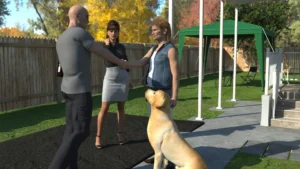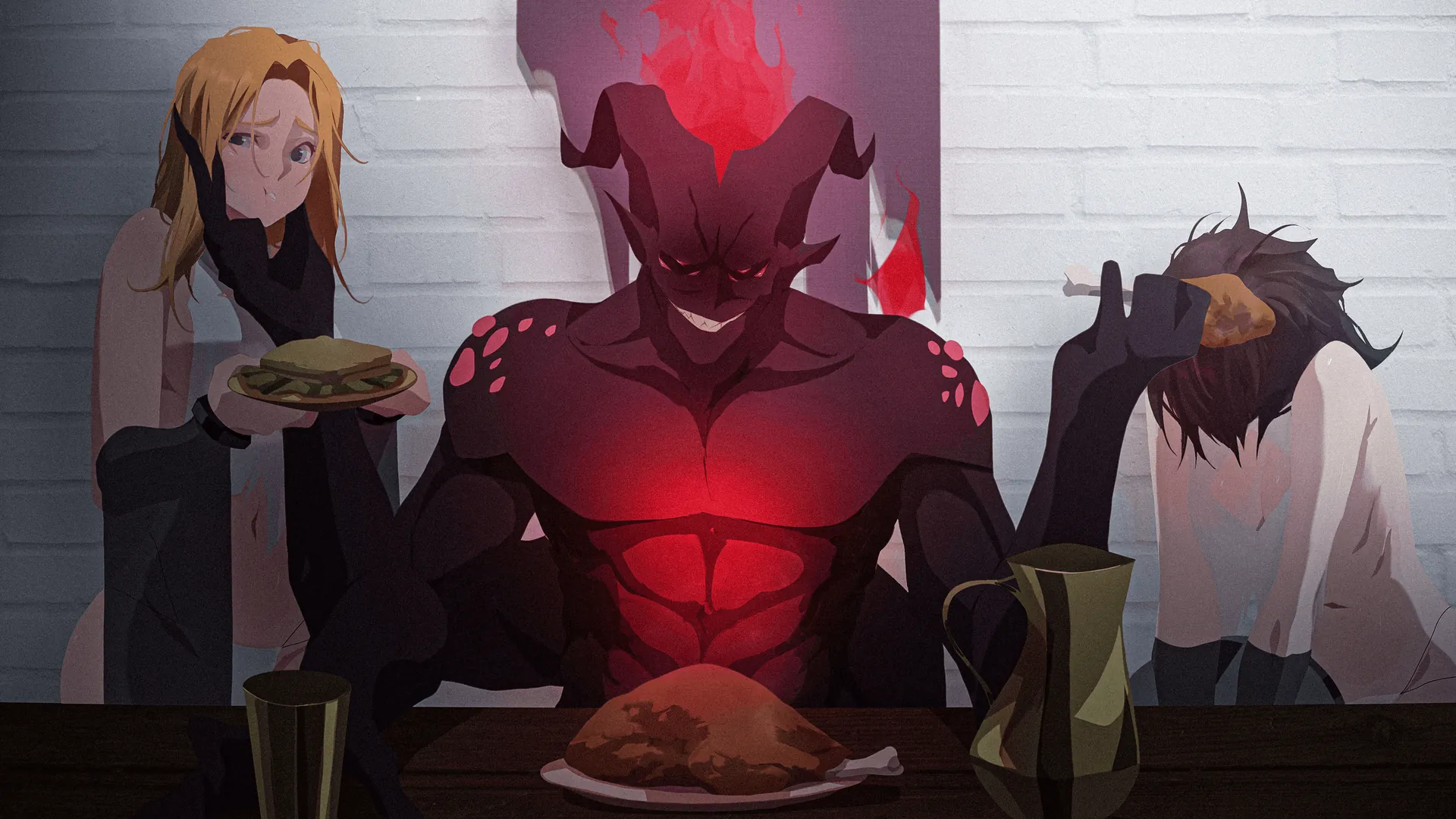
Long Road Home
Play Long Road Home
Long Road Home review
Explore the Features, Gameplay, and Unique Elements of Long Road Home
Long Road Home is a captivating interactive game that blends storytelling with immersive gameplay. This article dives into what makes Long Road Home unique, exploring its core mechanics, narrative depth, and player engagement. Whether you’re new to the game or looking to deepen your understanding, this guide offers practical insights and personal reflections to enhance your journey through Long Road Home.
Exploring Long Road Home: Gameplay and Features
What Makes Long Road Home Unique?
Picture this: You’re stranded in a post-crisis wilderness with two siblings who bicker over canned beans while bandits lurk in the shadows. 😅 That’s Long Road Home in a nutshell—a masterclass in tension where every choice feels like walking a fraying tightrope. What sets it apart? It’s not just an interactive storytelling game; it’s a raw, emotional experiment where your decisions permanently etch scars (or smiles) onto characters. I once ignored a wounded stranger to save medical supplies—only to discover later he was the only mechanic who could’ve fixed our truck! 💔
Unlike typical narrative adventures, Long Road Home features blend survival realism with psychological depth. Resources aren’t just items—they’re moral currency. Do you steal medicine for your sick sister or uphold your “hero” ideals? 🤔 This isn’t choose-your-own-adventure fluff; it’s character development in Long Road Home weaponized against your conscience. The game’s unique game mechanics Long Road Home include:
– Dynamic Trust Systems: Allies remember slights or kindnesses, altering dialogue and endings.
– Environmental Storytelling: Abandoned campsites or graffiti reveal lore without cutscenes.
– Consequence Webs: Tiny choices (like rationing food) trigger butterfly-effect disasters hours later.
💡 Pro Tip: Talk to every NPC twice. Hidden dialogues unlock when their trust shifts!
Core Gameplay Mechanics Explained
Diving into Long Road Home gameplay feels like learning to breathe underwater—clunky at first, then thrillingly immersive. 🏊♂️ Movement is deliberate; sprinting drains stamina, while crouching avoids patrols. The real magic? How to play Long Road Home centers on its dual-axis decision wheel:
- Survival Actions (e.g., scavenge, craft, heal)
- Relationship Actions (e.g., console, argue, betray)
Combine these during crises! During a sandstorm, I boosted morale by sharing water (relationship) but triggered dysentery by ignoring purification (survival). 😷 Brutal? Yes. Unforgettable? Absolutely.
Game progression Long Road Home ties milestones to emotional beats—unlocking new areas only when characters overcome traumas. For example, my timid teen character, Mia, wouldn’t cross bridges until I’d helped her confront a drowning phobia through mini-therapy chats. 🧠
| Feature | Description | Player Impact |
|---|---|---|
| Choice Stakes System | Decisions rank from low-risk (food分配) to irreversible (abandoning allies) | High tension; saves auto-lock after major events |
| Fatigue & Psychology | Characters gain traits like “Paranoid” or “Hopeful” from stress/success | Traits alter skill checks and dialogue options |
| Non-linear Exploration | Map unlocks via character breakthroughs, not XP | Story pacing mirrors emotional readiness |
| Improvisation Crafting | Combine items contextually (e.g., vodka + rag = disinfectant OR Molotov) | Encourages creative problem-solving |
🚨 Warning: Save scummers beware! The game autosaves after pivotal moments—own your mistakes.
Character Development and Story Progression
Here’s where Long Road Home left me emotionally winded. 😤 Character development in Long Road Home isn’t stats on a screen—it’s your little sister learning to shoot after you fail to protect her, her voice trembling as she says, “You don’t have to carry me anymore.” 💥
My watershed moment? When bandits captured our group, I had to pick who’d distract them while others fled. Choosing stoic big brother Alex felt “logical”—until he was tortured offscreen, returning broken and vengeful. His new “Reckless” trait made him charge into fights, getting NPCs killed. I’d sacrificed his sanity for tactical gain. 🤯 That’s game progression Long Road Home: your humanity fuels the plot engine.
Practical advice for new players:
– Rotate leadership roles. Each character’s decisions steer subplots (e.g., Mia negotiates better than Alex).
– Track relationship “affinity” in the journal. Green hearts = cooperative perks; red fists = sabotage risks.
– Fail forward. Losing a mini-game (like hacking) often unlocks darker, richer story branches!
Ultimately, Long Road Home gameplay forces you to live with ghosts. Will you become the villain your family needs? Or cling to virtues that get them killed? There’s no “right” path—just roads paved with regret and resilience. 🛣️🔥 Pack extra tissues; you’ll need them.
Long Road Home offers a rich, interactive experience that combines engaging gameplay with a compelling narrative. Its unique mechanics and character-driven storylines create an immersive environment that keeps players invested. Whether you’re just starting or looking to deepen your gameplay, understanding these core elements can greatly enhance your journey. Dive in, explore your choices, and enjoy the unfolding story of Long Road Home.






























